Fine motor skills play a key role in a little one's development, yet unlike reading or numeracy, there’s no set method for building them.
With the right activities, strengthening these skills can feel like play—turning everyday moments into fun learning experiences!
So, what exactly are fine motor skills, and which activities can help enhance them? Let’s dive in! 👇
What are fine motor skills?
Fine motor skills refer to the precise movements of the hands and wrists, particularly those involving the fingers and thumbs. These skills are essential for dexterity and control, playing a crucial role in daily activities.
From play and self-care to learning and school-related tasks, fine motor skills are fundamental to a child's development. Babies begin using their hands to explore their surroundings as early as 8 weeks old. By 6 months, they gain more control, allowing them to reach for and grasp objects with intention.
Benefits of Strong Fine Motor Skills
Fine motor skills are essential for a child's overall development, extending far beyond completing daily tasks. Here’s why they matter:
🖐️ Improved Hand-Eye Coordination: Fine motor activities require precise coordination between the eyes and hands, enhancing overall dexterity and control.
🎗️ Greater Independence: Strong fine motor skills enable children to handle everyday tasks on their own, boosting confidence and self-esteem.
📚 Stronger Academic Performance: These skills support success in writing, drawing, and using learning tools, contributing to better academic outcomes.
🎨 Enhanced Creativity: Fine motor development allows children to explore creative activities like painting, drawing, and playing musical instruments.
What Are Some Examples of Fine Motor Activities?
You'll find loads. of fine motor skills activities below, but some common ones are:
- Construction Play
- Building Blocks
- Threading
- Process Art
- Puzzles
We’ve included activities that work on all the above and more!
1. Construction Play
One engaging way to enhance fine motor skills is through Construction Play. This activity involves stacking, connecting, and assembling various materials, encouraging little hands to grasp, pinch, and manipulate objects with precision. From using magnetic tiles to build towering structures to connecting snap-together pieces or even crafting with cardboard and recycled materials, construction play strengthens hand-eye coordination, finger dexterity, and problem-solving skills.
By experimenting with different shapes, sizes, and textures, children refine their grip strength and learn how to balance and adjust their creations. This type of play not only supports fine motor development but also fosters creativity, spatial awareness, and patience—essential skills that benefit everyday tasks and early learning experiences.
2. Building Blocks
Hand and wrist stability are essential for stacking blocks with control. Large wooden blocks are the easiest for younger children to grasp and maneuver. As their skills improve, transitioning to smaller building materials helps refine their coordination.
While interlocking blocks like magnetic tiles and bristle blocks are great, nothing beats the challenge of stacking classic wooden blocks in various shapes and sizes. This timeless activity strengthens fine motor skills and encourages problem-solving as preschoolers learn to balance and build with precision.
Try these engaging building block activities and watch little hands grow stronger with every play session!
3. Threading
Threading requires coordination, focus, and practice to master. It helps develop eye-hand coordination and strengthens the pincer grasp. Here are some fun ways to introduce threading to kids:
- Provide toddlers with chunky wooden shapes and string.
- Make a macaroni necklace.
- Use loop-shaped cereals or sweets to create bracelets or necklaces.
- Thread beads onto a string.
As children grow, their fine motor skills improve, allowing them to thread smaller beads with greater precision.
4. Process Art
As your preschooler’s fine motor skills develop, encourage creative expression through Process Art. Let them explore different textures and materials by squeezing paint bottles, tearing paper for collages, or sculpting with clay.
Have them try using sponges or brushes to create patterns, or experiment with finger painting to strengthen hand coordination. Activities like spray bottle painting or using tongs to place objects on glue-covered paper also help refine grip strength and control.
Process art allows little ones to build fine motor skills while expressing their creativity, making every masterpiece as unique as their imagination.
5. Puzzles
Puzzles are my favorite fine motor activity because they support a child’s cognitive development, visual perception, and focus.
It takes children a lot of practice and fine motor control to hold a piece steady while trying to connect it to another, as seen when a toddler pushes a piece in with brute force.
Puzzles suit all ages, from simple peg puzzles for toddlers to 48-piece puzzles for older children.
These are the best puzzles for toddlers and puzzles for young children.
Summary
The list above is ideal for strengthening fine motor skills, helping little ones develop coordination, dexterity, and confidence in everyday tasks.
At Seraphina, we’re dedicated to supporting toddler development through purposeful play. Explore our collection of skill-building toys and activities designed to inspire creativity and hands-on learning!




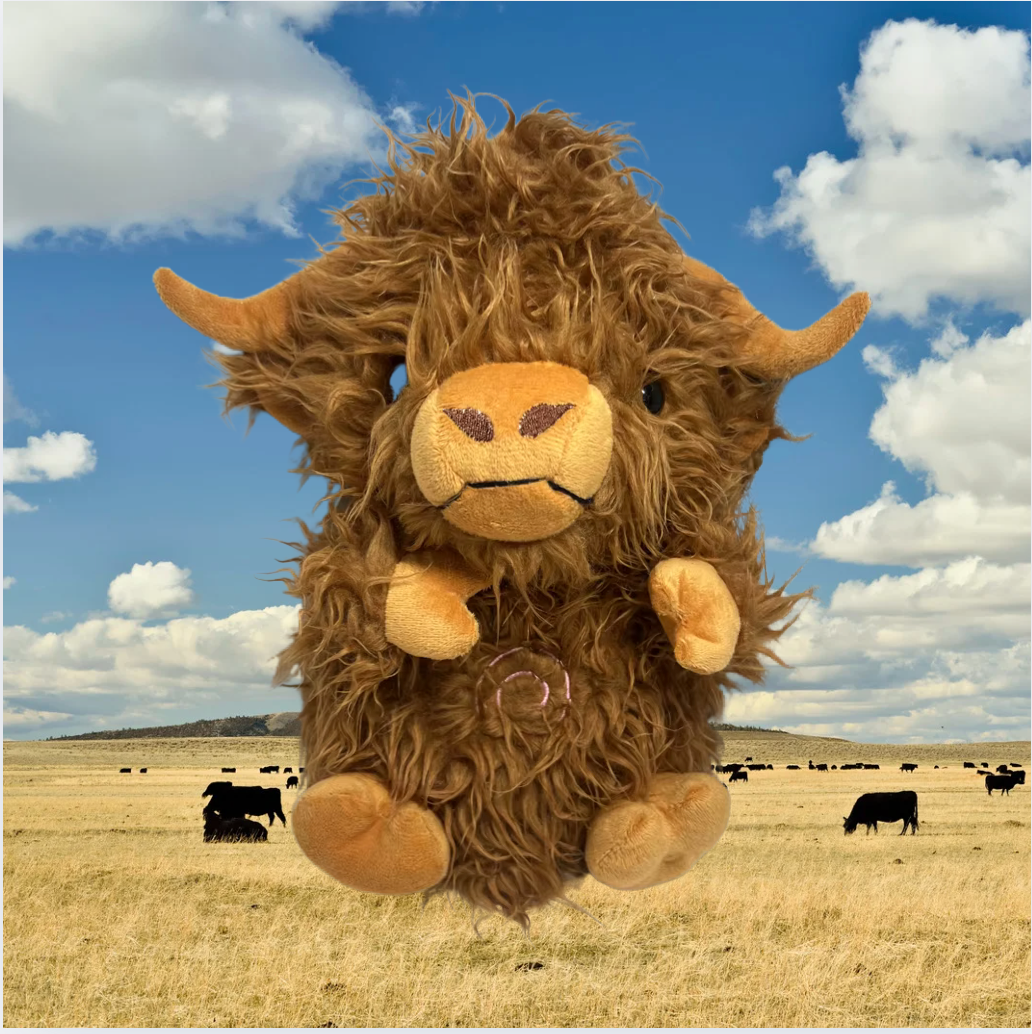




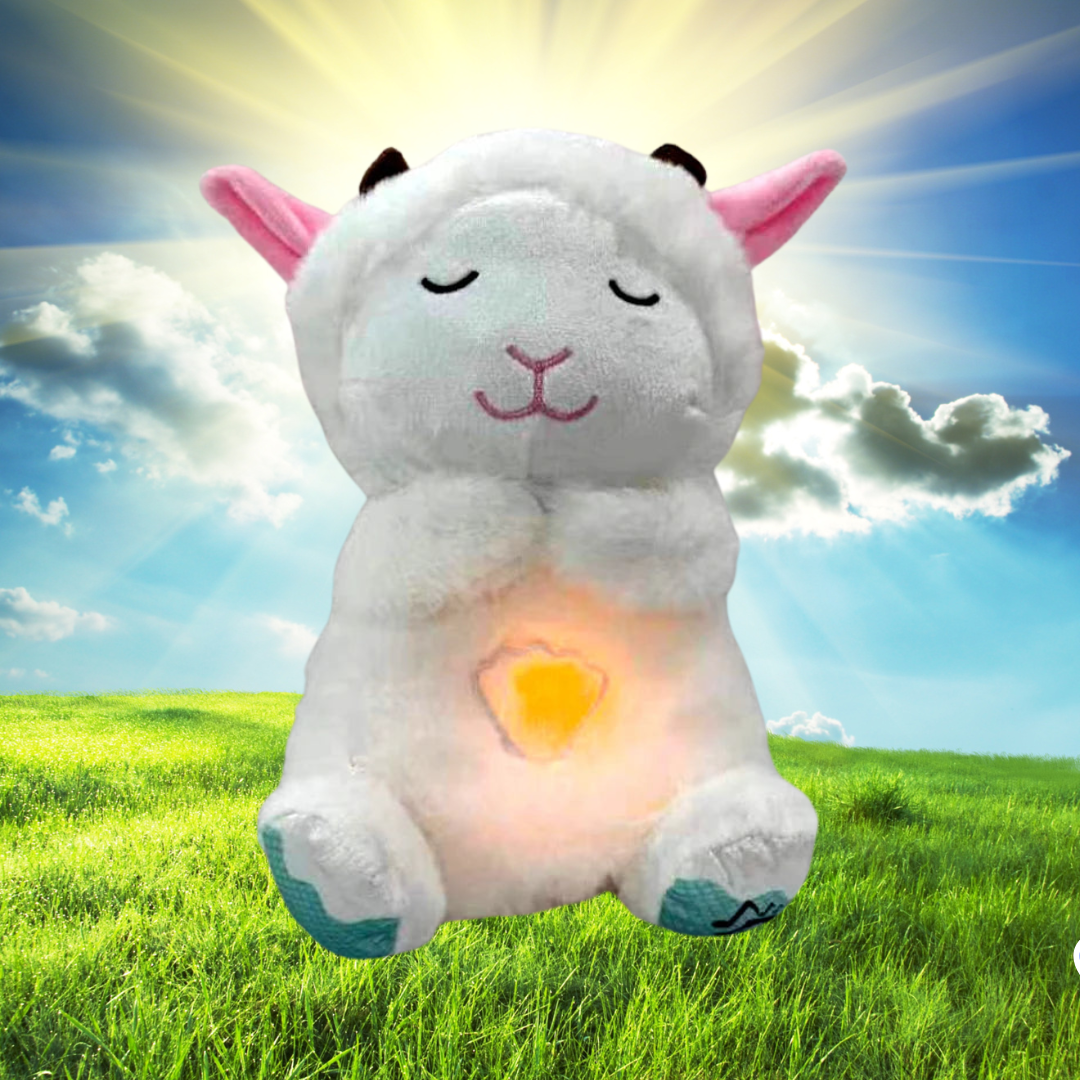




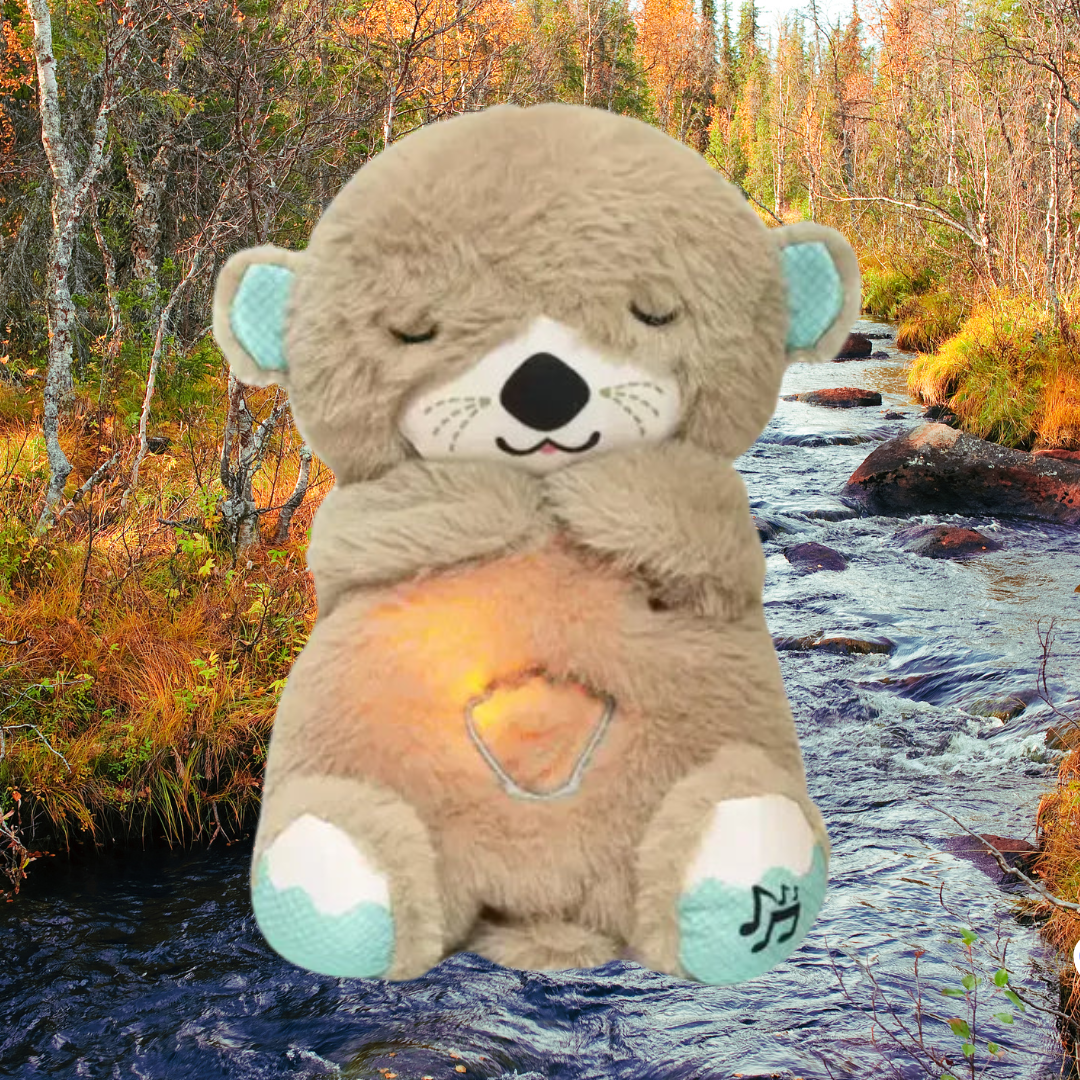


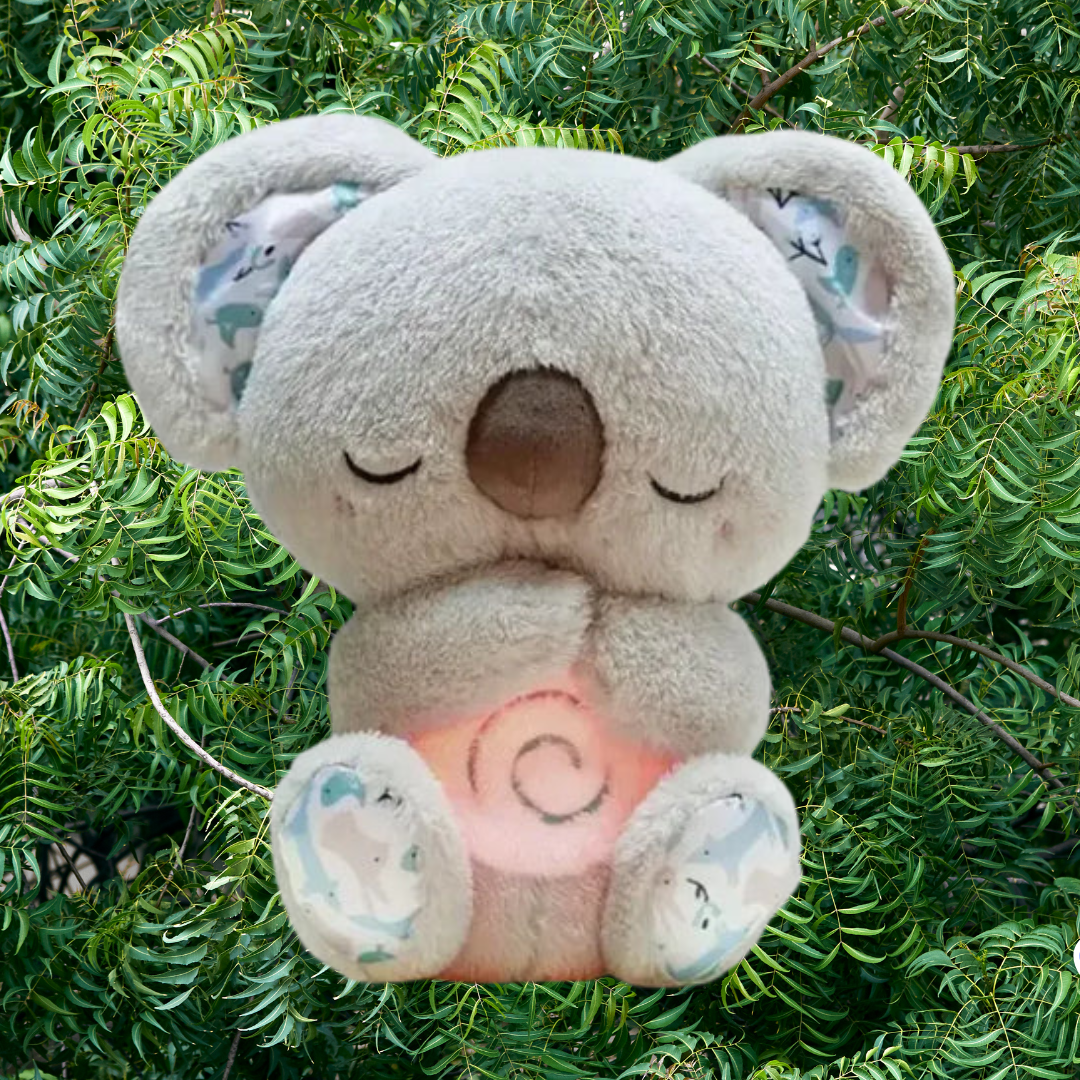
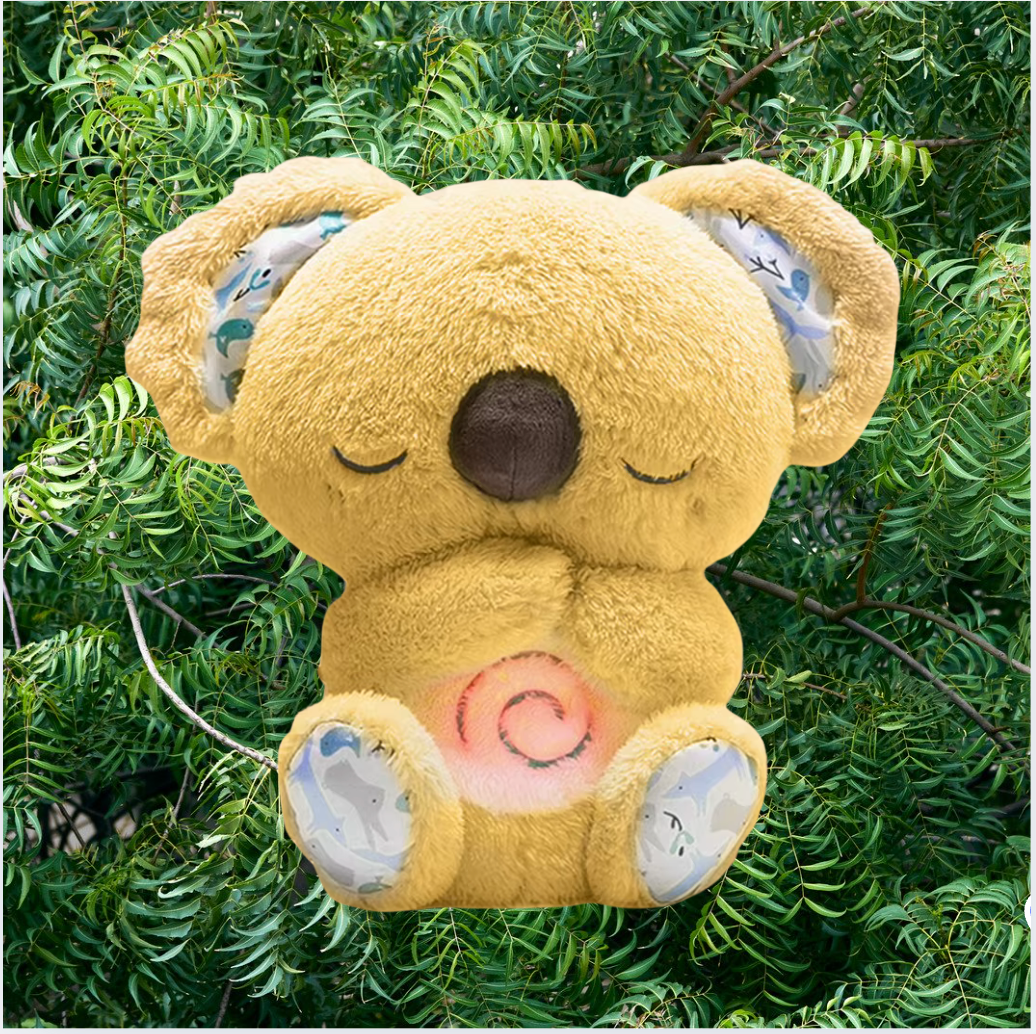




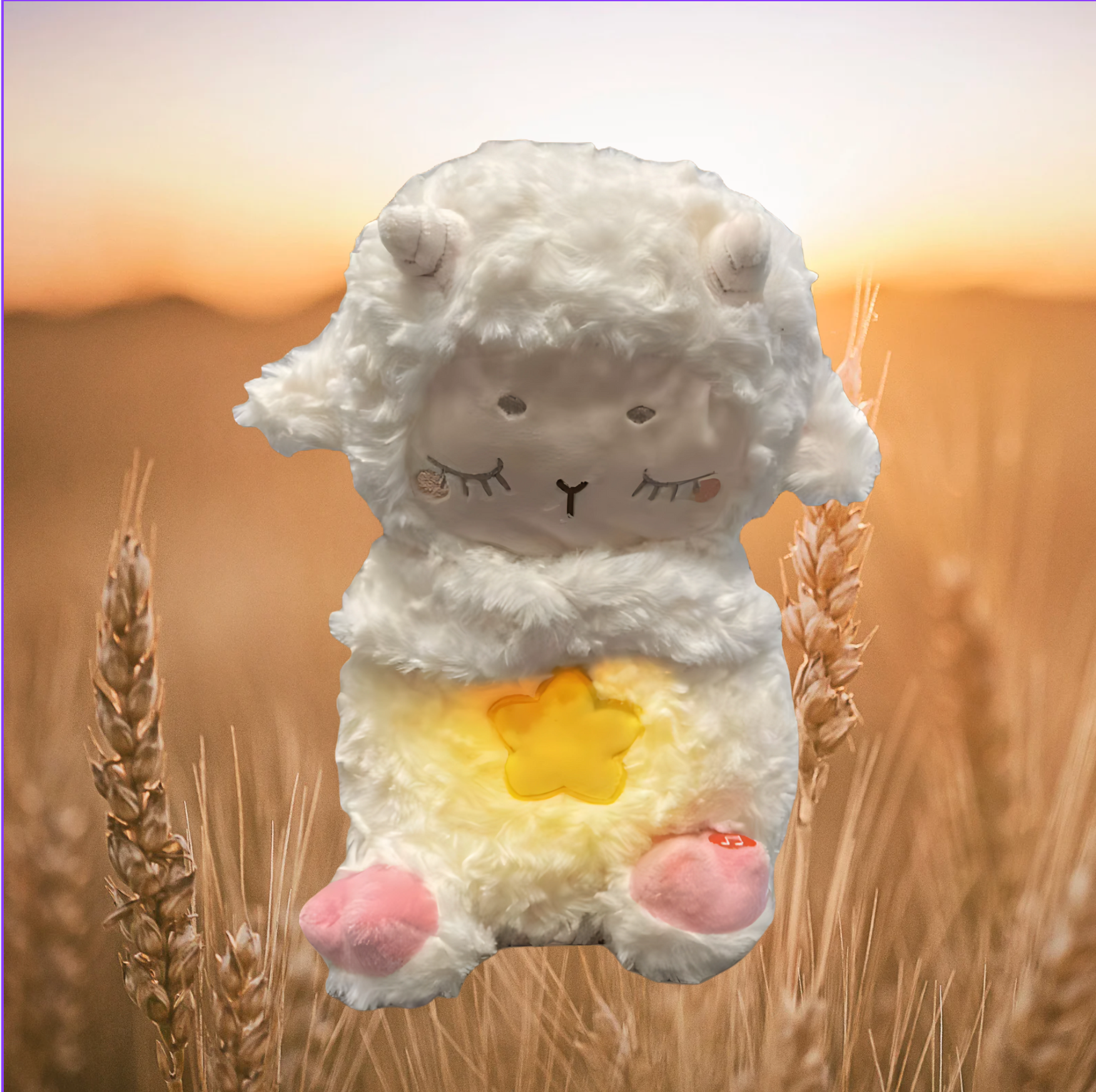
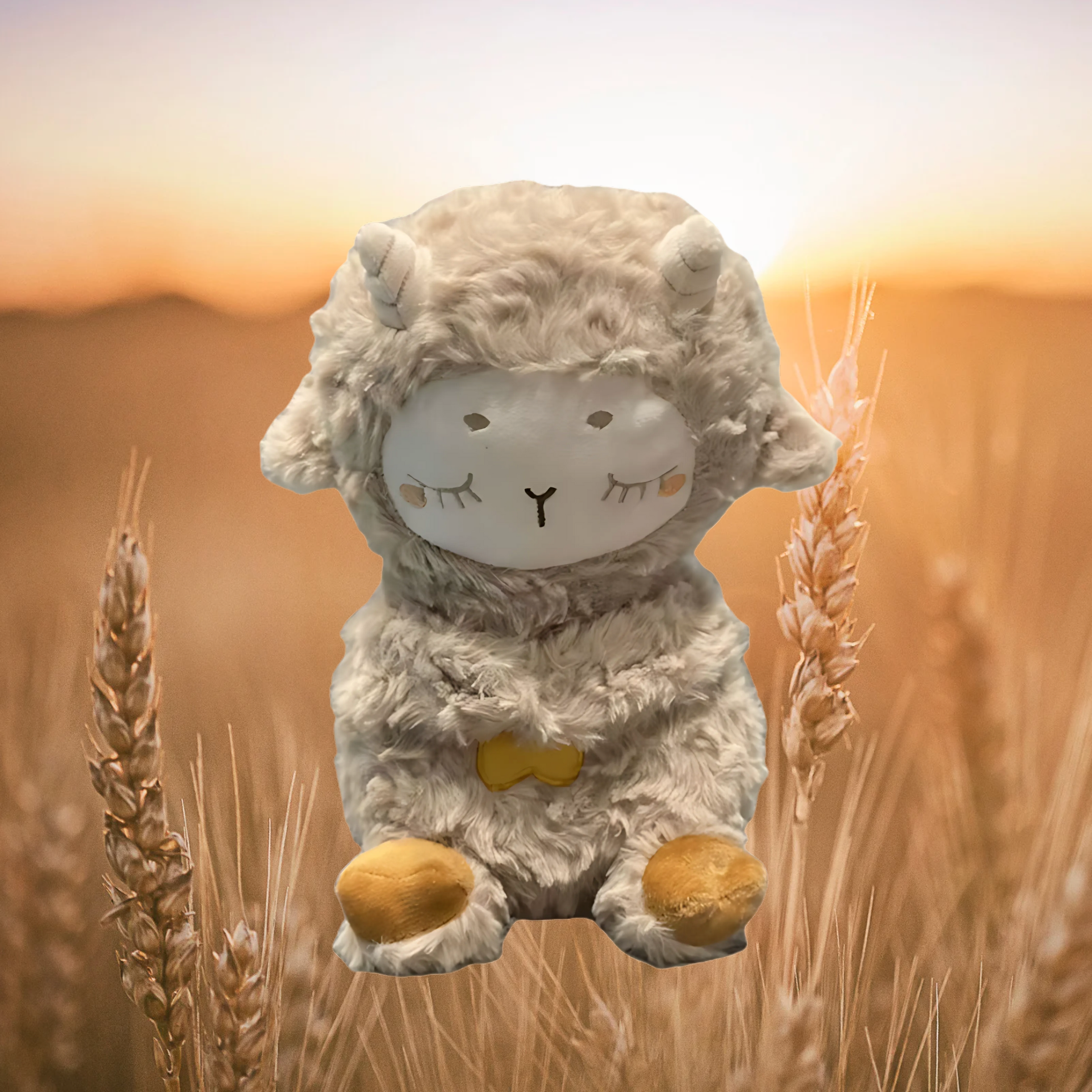
































Share and get 15% off!
Simply share this product on one of the following social networks and you will unlock 15% off!